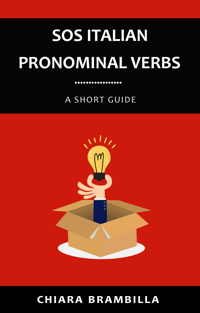Italian is a language rich in cultural nuance, and one of the key distinctions learners must grasp is the difference between formal and informal Italian language. This distinction influences how you address others, depending on the context, the relationship, and the level of respect required. A clear example is the use of “tu” and “Lei”, …
Italian grammar
Let’s learn the Italian Sentence Structure
Learning Italian as a second language involves mastering not just vocabulary but also sentence structure, which can sometimes feel quite different from English. Understanding how Italian sentences are built will help you communicate more naturally and fluently. While both Italian and English follow the subject-verb-object (SVO) structure, there are several key differences in word order, …
Italian reflexive verbs in everyday speech
If you’re learning Italian as a second language, understanding reflexive verbs is essential for mastering the language. Reflexive verbs are widely used in everyday conversations, and grasping their structure and usage will help you sound more natural and fluent when speaking Italian. In this post, I’ll explore what Italian reflexive verbs are, how they’re formed, …
Italian Pronouns: Are They really Important?
If you’re learning Italian as a second language, you might be wondering if understanding Italian pronouns is really necessary. Pronouns may seem like small parts of speech, but they play an essential role in constructing sentences and communicating effectively. In this post, I’ll explore why pronouns are so important in Italian, how they function, and …
Mastering Gender in Italian
Learning Italian involves much more than just memorizing vocabulary and conjugating verbs; it also requires a deep understanding of grammar, in particular of gender in Italian. So, in this article, I’ll explore the importance of mastering gender in Italian and of using descriptions to enhance your language skills to ultimately communicate with fluency and precision. …







